Saturn Images - Satellites
Steven Dutch, Professor Emeritus, Natural and Applied Sciences, University of Wisconsin - Green Bay
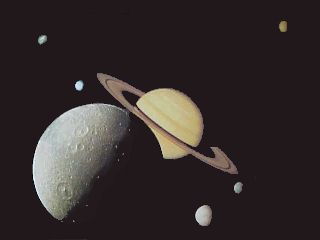 |
A montage of Saturn and some of its satellites. |
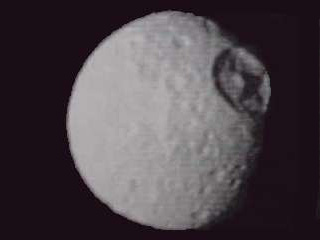 |
Mimas. These images appeared when memories of Star Wars were fresh and Voyager mission workers nicknamed Mimas "the Death Star." |
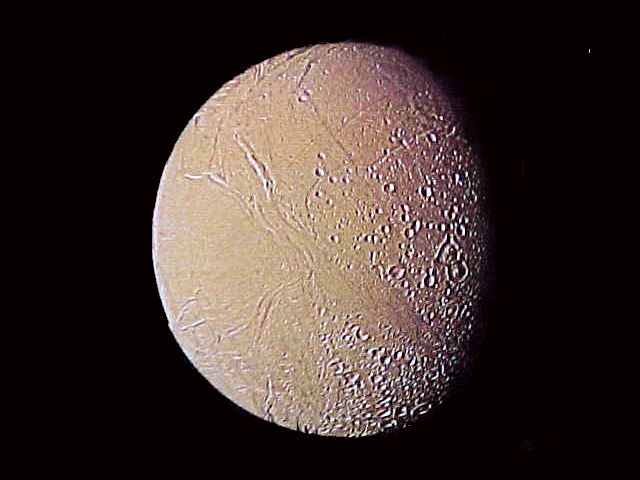 |
| Enceladus is only 300 km in diameter but displays an astonishing array of activity, including faulting and crustal extension. Nobody expected this sort of geologic activity on what amounts to a large ice ball. |
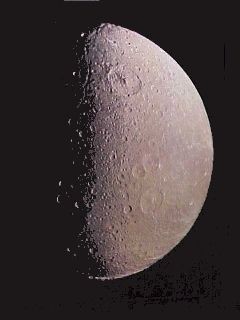 |
Dione |
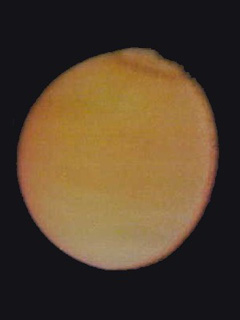 |
Titan's surface is entirely concealed by a brownish haze. Its atmosphere, mostly nitrogen, is actually denser than Earth's. The haze blocks sunlight but not infrared, creating a negative greenhouse effect that keeps Titan colder than it would otherwise be. (Think of a metal shed on a bitterly cold winter day.) |
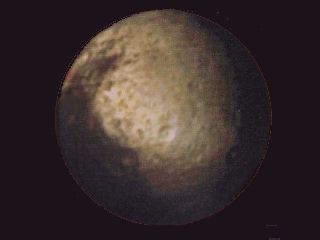 |
In the novel version of 2001: A Space Odyssey, Saturn, and specifically its satellite Iapetus, was the target. Iapetus is six times brighter on one side than the other, a fact the novel attributed to alien engineering. Long before 2001 we had imagery of Iapetus that showed that for some unknown reason Iapetus sweeps up dark reddish material onto its leading side. |
Return to Planetary Images Index
Access Course Notes on Planetary Geology
Return to Professor Dutch's Home Page
Created 6 April 1999, Last Update 6 April 1999